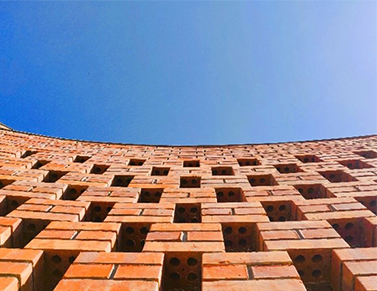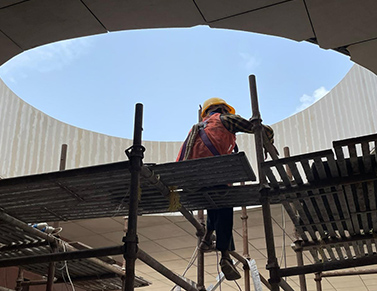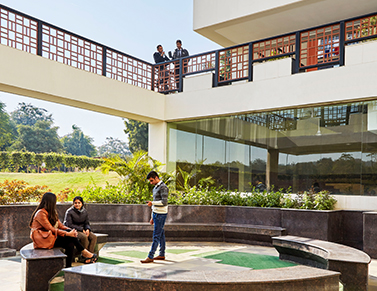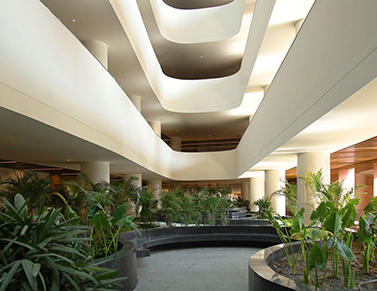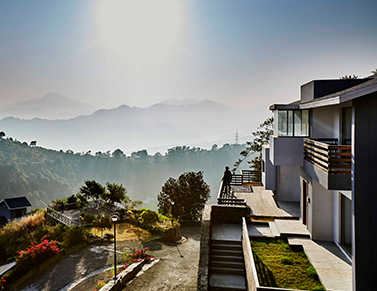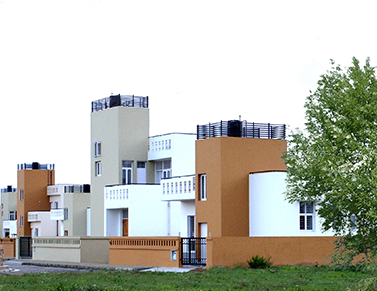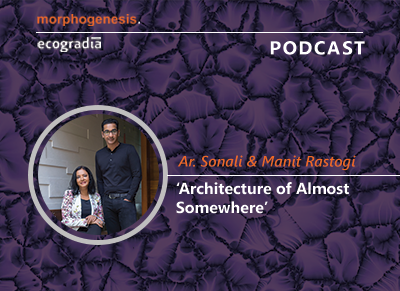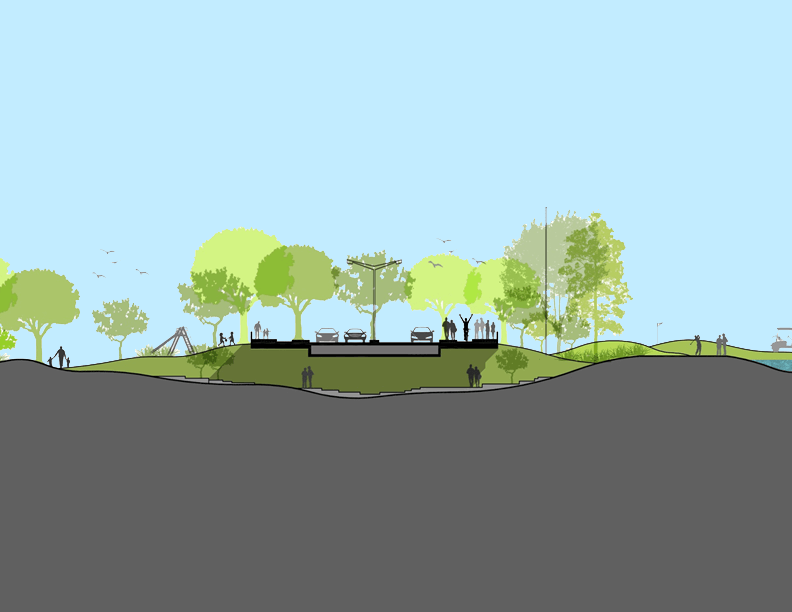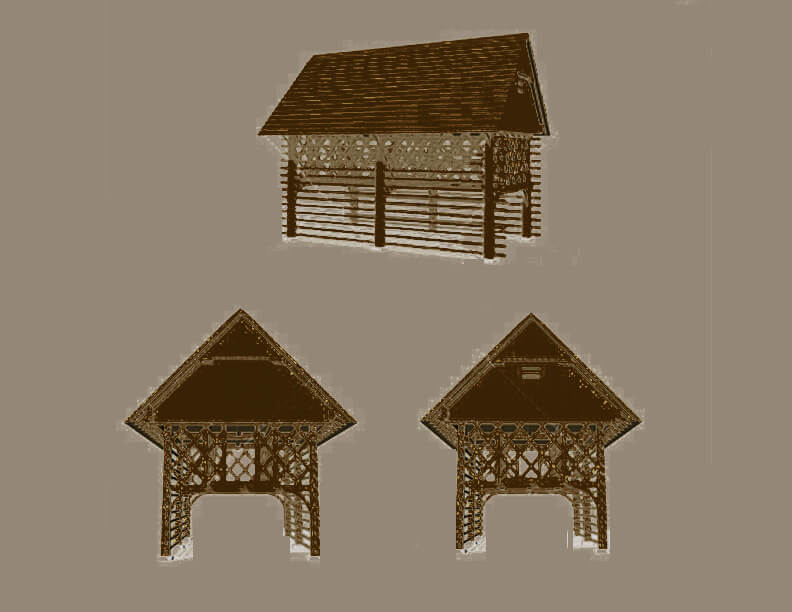Buildings contribute to 40% of all carbon emissions in the world. To outpace global warming, we need to step up to sensible, green design faster than we think. Green principles need to be embraced by everyone today; from the highest levels of government, policy and education to the grassroots levels of the common man.
Traditional Indian Architecture in today’s paradigm has always been green as built interventions have always been built within a localized/ regionalized context; almost all our traditional buildings have been a response to the local climate, materials and resources. The attitude towards green building has inherently been different from the western model of green building which is equipment centric. Reaping benefits of the oil boom in the post 60’s, with energy being easily and cheaply available, there was an evolution of thermatically sealed buildings which were equipment centric and disconnected from the environment. Today, this problem has been further compounded by non-customized systems such as LEEDS, GreenStar, Green Globe etc. which although aim to provide better environments, but the methodology adopted by these systems is restricted and highly prescriptive. This results in limited application owing to the non-recognition of the varying climatic zones around the world and the prescribed narrow definition of human comfort level (ranging between 22-24 degrees Celsius and 55-60 RH).
In India, to a large extent, we have always built and designed with limited resources and materials. With a local, socio-cultural response to design, the results have been more often than not, passive solutions which further help to reduce energy dependence. In a land strapped for water and electricity, the goal when building green is to use energy, local and natural resources wisely. Optimization of all services is a pre-requisite to responsible architecture today. Unlike other nations, local resources and methods of construction are still easily available to us. Hence, the most effective approach is to build with local materials in a manner that responds to the climatic needs of the region while remaining economically viable. Today, Green building requirements in India are still optional and not compulsory. Hence, although the efforts being made in this direction are exemplary, we still have a long way to go. Furthermore, India has developed its own green rating system GRIHA (Green Rating for Integrated habitat Assessment) which is more tailored to the Indian environment. GRIHA is taking steps in this direction and through numerous incentives, is trying to imbibe green building strategies as codal prerequisites and incorporating passive environmental design strategies. Today, developments across India and perhaps even throughout the world, are designed in a conventional method with a layer of sustainability or ‘green’ superimposed on it. However, there should be a conscious attempt to step away from this system and incorporate passive approaches to design right from the conceptual and planning stages. The idea of sustainability should now move on from buildings to our cities as well. The cities are dying today; with an assortment of problems of population, traffic, and pollution, no water/electricity, sewage, governance and global warming. Most cities have derelict land which is lying underutilized and unused in the form of drains or nullahs, the left over land, the alleyways, greens, etc. The problem with cities which are not entirely organic in nature is that that such layers get suppressed by policy, policing (represented by boundaries and walls) and result in Non-Engagement. Hence, these interstitial spaces present to be the only opportunity to expose layers that will result in human engagement and urban rejuvenation of withering cities. To be truly sustainable, we need to look at solutions apart from simply reducing emissions. Sewage Treatment Plants need to be fixed, Water bodies need to be aerated, pedestrian accessibility needs to be improved through connections, and alleyways need to be restored etc.
A new sustainable urban blueprint needs to be derived from the opportunity that lies within. The approach has to be multi-pronged and bottom-up to gradually bring about positive change in the city. There remains a great need to mobilize organizational systems, finance, industry, and architectural imagination to aspire to this end.



